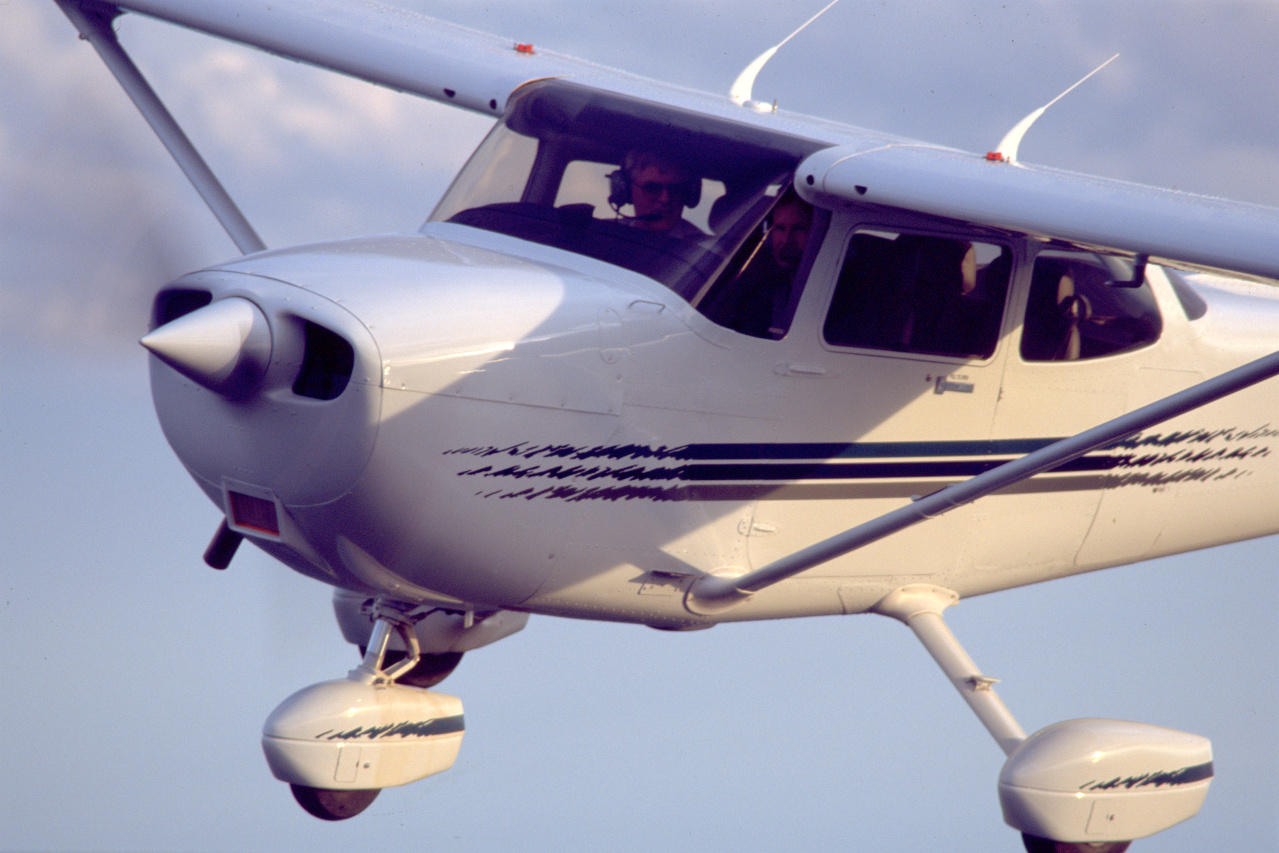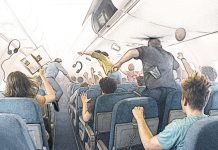I was a newly minted PPL and had meticulously planned my first trip: flying to Dubbo for a visit to the Western Plains Zoo – with my whole family on board, the responsibility felt enormous.
The weather was splendid. We took off from Bankstown and landed at Dubbo without incident. Two days later, the forecast was hot and humid, so I planned an early start to get us back to before the heat of the day built up.
At first light, I called the refueller and said, ‘please just fill her to the tabs as I have a full load,’ then went about my pre-flight checks. When he had finished refuelling, and driven away, I noticed he’d filled the tanks to the very brim, taking me over my maximum take-off weight.
In a state of panic, I burst into tears. I was rescued by the RFDS, who kindly offered to siphon out the overfill. The experience still haunts me, but I share it because it taught me a very valuable lesson: the pilot in command is responsible for every action related to the aircraft – including refuelling.
My mistake made me realise the importance of predictability. I realised that flight planning isn’t just a checklist of tasks, but a meticulous dance of precision and foresight. As a 100-hour pilot, I’d relied so heavily on checklists that I hadn’t anticipated events like the fuelling error – things that don’t appear on any form.
It taught me to zoom out and look at the bigger picture for each flight. Predictability isn’t just a concept pilots should strive for – it’s a cornerstone of safe, efficient flying.
When in doubt, be predictable
Before I became a pilot, the worst thing you could have called me was ‘dull’. But in aviation, a boring flight is a successful one. Lilydale-based flight instructor Graham Bunn agrees and shares a recent close call that highlights just how quickly things can escalate when a pilot isn’t listening out or following expected communication practices.
‘I was returning to base via the Melbourne inland VFR route with a licensed student doing a practice nav prior to an AFR,’ he says.
‘It was CAVOK, our Warrior was fitted with ADS-B OUT, and we were tuned to Melbourne Centre. We suddenly received a potential collision alert from Centre – an aircraft was heading toward us from the southwest (at 90 degrees to the VFR route) and at the same level as us.
‘We responded, but there was no response from the other aircraft despite repeated calls from Centre. Time was of the essence, so I pitched down and descended 500 feet – then saw the other aircraft fly over us, only slightly behind. Only after they were well clear did the other pilot make a slightly sheepish call to acknowledge ATC. They hadn’t been listening to the frequency. An easy error – but this one could have been catastrophic. It was very close. I think we would have collided but for the dive.’
Communication is key
One of the most common pilot errors involves incorrect radio calls and readbacks – especially in non-controlled airspace, where pilots rely on each other to stay safe. Retired air traffic controller Phil Vabre explains why clear communication and consistent behaviour are so critical across all airspace types:
‘Making the correct radio calls at the correct time, and with the correct information, is a critical foundation to allow air traffic controllers [and pilots] to build and update their mental situation models. That’s how we take actions to ensure everyone’s safety,’ he says.
‘Predictability is what allows the airways system to function safely. With so many variables in play, controllers [and other pilots] rely on predictable patterns of behaviour to not only understand what’s happening, but what’s going to happen next.
‘Throw in some unpredictable behaviour, and all of a sudden controllers and pilots are faced with the problem of both detecting and then responding to the new situation. Sure, that’s what we’re trained to do, but there’s a limit to how much unpredictability humans can cope with before safety margins begin to erode.’
Five tips for predictability
- Adhere to standard procedures: Follow established protocols and procedures consistently – including following checklists, radio communication etiquette, and standard operating procedures at all phases of flight.
- Maintain clear communication: Use clear and concise radio calls with other aircraft and ATC. Be timely, accurate, and include all relevant information to help maintain everyone’s situational awareness.
- Follow a steady flight path: Avoid abrupt manoeuvres or deviations unless required for safety – and always communicate changes promptly.
- Plan ahead: Think beyond the checklist. Factor in weather forecasts, airspace restrictions, alternate routes, and potential disruptions. Look at the bigger picture.
- Practise situational awareness: Always stay vigilant and aware of your surroundings. Maintain a lookout, monitor navigation aids, and be proactive in identifying potential conflicts or hazards. This helps you fly predictably, even under pressure.
In aviation, predictability isn’t boring – it’s essential. From communication and planning to handling the unexpected, a predictable pilot helps create safer skies for everyone. While checklists and procedures are vital tools, it’s our ability to anticipate, communicate, and stay consistent that truly sets us apart. So, the next time you’re flying and everything feels ‘uneventful,’ take it as a compliment – you’re doing it right.
Resources for flying in non-controlled airspace
Non-controlled operations are a focus of CASA’s Your safety is in your hands campaign. For more guidance, tools and tips, be sure to visit the pilot safety hub.
Further resources
- Be heard, be seen, be safe radio calls booklet
- Can you be seen? ADS-B and transponder guide
- Explaining the rules animation on radio frequencies for non-controlled airspace
- Explaining the rules animation on radio calls
- Advisory Circular AC 91-10 v1.4 – Operations in the vicinity of non-controlled aerodromes





